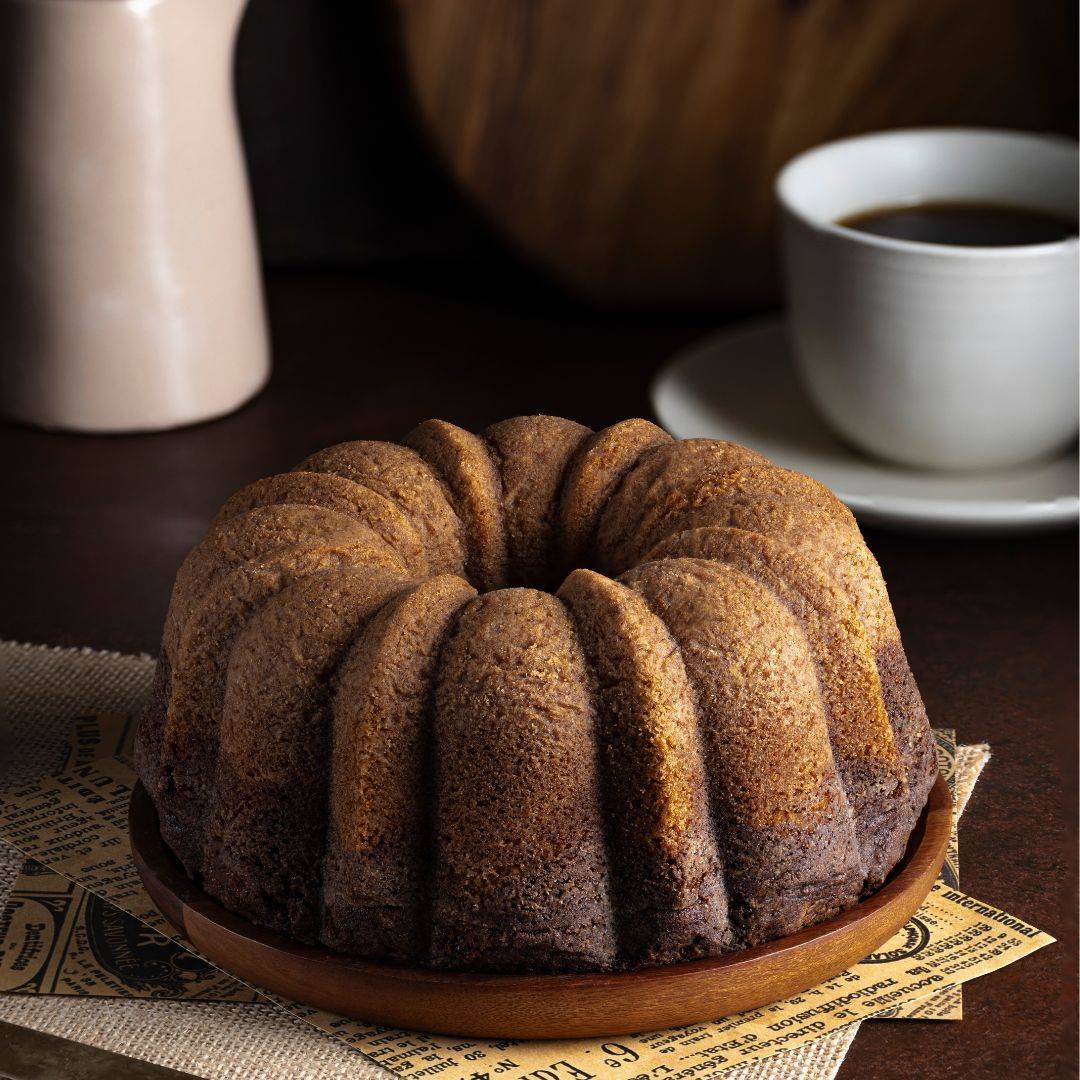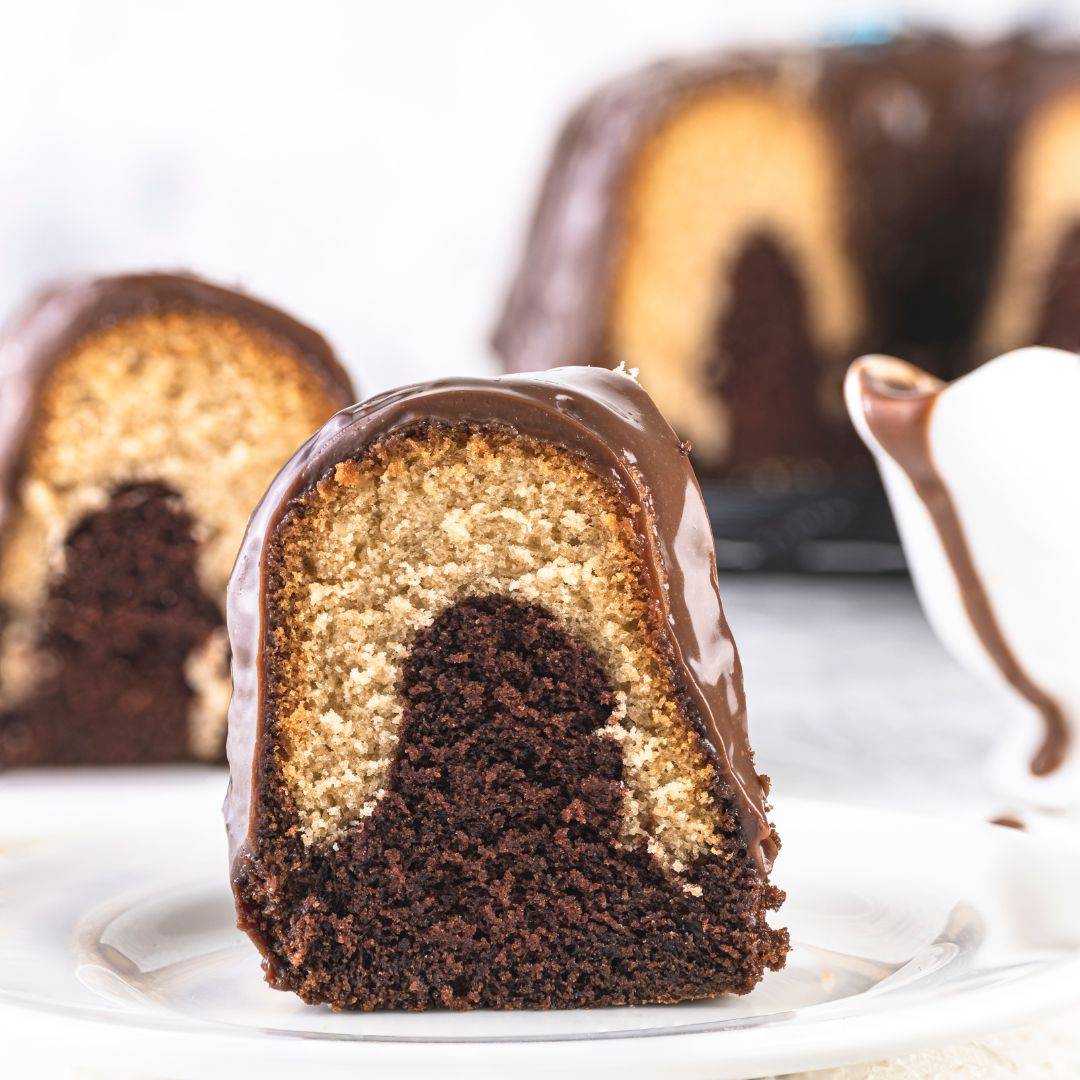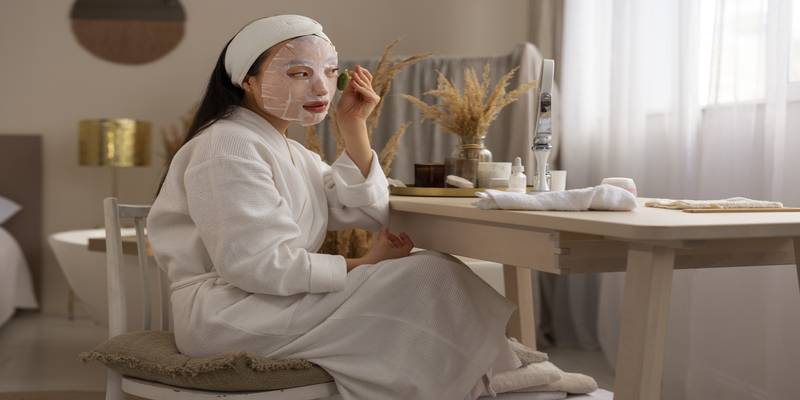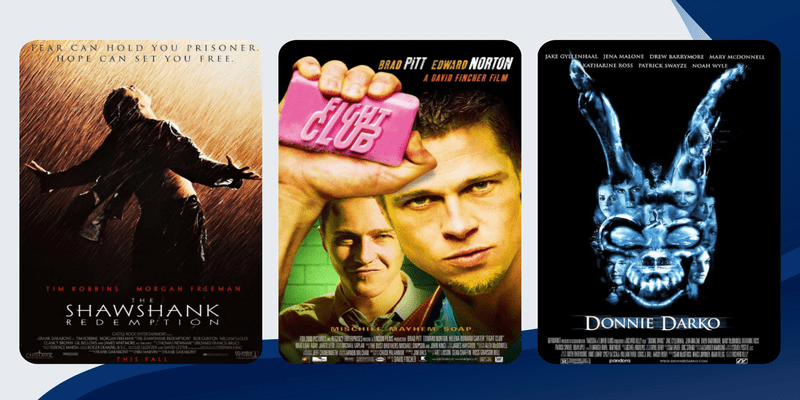Food photography and the art of storytelling
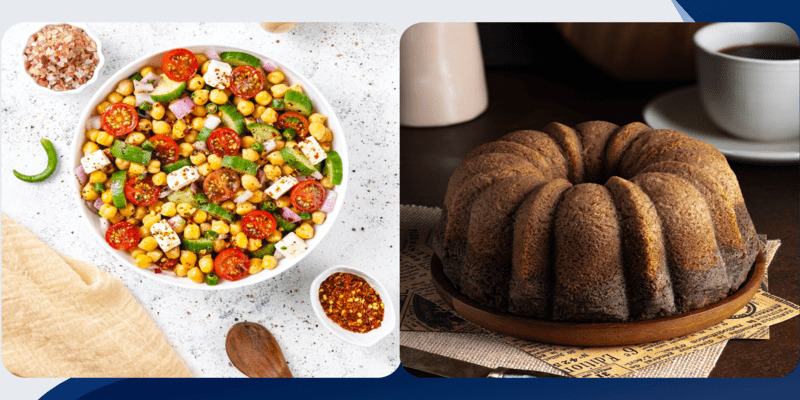
As humans, we all are driven by emotions and feelings. And, food is something that connects us all. Whenever we think of a dish, we create an imagination in our minds that narrates a story about that particular dish, or the ingredients used in making that recipe. It is through food photography that we capture that story to connect with the viewers.
Now, for a moment, close your eyes and think of an ice cream cone. What picture did you visualise in your mind? A crispy cone, loaded with your favourite ice cream, with lots of delicious fruits and toppings! Or, you remembered the last time you had ice cream with your loved ones, and that invoked a special emotion in your heart. For some of you, this might have rekindled a childhood memory of visiting an ice cream parlour with your parents, and joyfully selecting your favourite ice cream.
So, you created a story in your mind moving around a cone of ice cream and this must have brought a smile on your face and some warmth in your heart. Imagine bringing all this to life, through a food story depicted in a photograph or a series of photographs. Storytelling in food photography is the art of creating visually attractive photos that build an emotional connection between the audience and the image. By invoking certain memories and experiences, it makes the viewer a part of the story.
Food photography, whether it is for a client, editorial photography, or a recipe book, requires visually captivating photos that tell a narrative about a dish that is being captured. And like in every narrative or story, here also, the hero and supporting characters play a significant role in making up the entire image.
The hero here is the food. The props, angles, backdrops, lighting, and colour combinations are the supporting characters in the narrative. Styling up the entire scene requires a food photographer to go through some steps, building up every character involved. Let us go through all the steps one by one that help in creating an appetising food story.
The hero of our story — the dish!
The first step is to select what dish you want to shoot. Now, think about enhancing it in the best way possible. What should be the different ingredients, how it should be plated, and how can it be made visually appealing to the viewer? The food is the star of our story and it should be planned well as to what are the things that need to be highlighted about the hero in the photo.
The emotion behind the story
The purpose of an ideal food story is to make its viewer travel into another time or a memory lane, and to invoke certain emotions between the food and the viewer. Once the food or the drink to be captured is decided, the second step is to decide what emotion the story will convey to its audience. For example, food shots for a restaurant/cafe, should definitely make the viewer hungry and wanting to try that dish. Birthday cakes instil memories from our childhood and stir nostalgia.
Photos for festivities like Christmas, Diwali, etc. should take the viewer into that festive vibe. Shots clicked for a recipe book should be compelling enough for the viewer to go ahead and try out that recipe. Once you have decided what emotion you want to bring out in your food story, the next step is to think how you can make your audience feel that emotion.
Ingredients and other key elements
This step in food photography involves selecting other major elements or ingredients that one must incorporate into the story. For example, a process shot for a recipe book could include the ingredients in the frame. If you are shooting a pizza for a cafe, the photo could include its main ingredients, a pizza board and a cutter, and you can build a messy story around it. For a breakfast scene, one can include elements like bread, butter, newspaper, honey, milk etc. Adding a human element as simple as a hand in the image picking a cup of coffee or cutting a cake slice gives the viewer an impression of being present in the story itself. Listing down the key elements of a food story will narrow down what exactly one needs to compose the image.
Angles and frames
The food that we have to photograph determines the angle at which we should take the shot. Different foods look good from different viewpoints. To start with, we can talk about three basic angles from which we can take a shot. An overhead or 90-degree angle is best for flat dishes like a pizza, pie, galette, or maybe a smoothie bowl. It ensures that the viewers can perfectly and clearly see the toppings. Also known as top-down or flat lay, this angle brings out the details of the dish from the top.
Another common angle is the 45-degree angle which is the angle through which a person sitting on a dining table views the food. This is good for food items with some height but you also want the top of the dish to be in focus. We can also use it for ramen bowls, cakes, gravy dishes, cupcakes, drinks in glasses, and soup bowls. This angle gives us the benefit of having the food in focus with the background or foreground blurred.
The third common angle is the straight-on or 0-degree angle which we can use for food with much greater heights or for stacked up foods. This angle is perfect for a stack of pancakes, cookies, burgers, parfaits, and other layered desserts. This is also a great option for dripping or pouring shots. The frame of a picture depends on the story, whether you want it to be a minimalistic frame or a busy frame. For example, if you are shooting for a fine dining restaurant, the frame has to be minimal with only the dish in focus, whereas for a cafe, it could give a fun yet busy vibe. Choosing angles and frames wisely can enhance your food appeal and hence, the complete food story.
What is the mood?
One of the main factors that makes or breaks an image is the lighting used in the photograph. Whether you are using natural light or artificial light to click a photo, plays a key role in the mood you want to create in your food story. We can manipulate the lighting to add a bright, airy, dark, or moody tone to the image. Using harsh light or soft light and playing with shadows takes your image to another level. For example, creating a story around a sunny brunch scene should use bright and airy lighting for the image. Dark and moody lighting creates a bit of drama by showing light and dark contrast and shadows in the food story. Lighting is integral to capturing the viewer’s eyes, mind, and soul.
Choose the colours
One can use the colour wheel to choose what colours you want to have in your food photography. Based on that, different colour elements can be added to compose a shot. Analogous colours are those that appear next to each other on the colour wheel. For example, orange, yellow, and red. One can also choose complementary colours that appear opposite on the colour wheel, for example, yellow and purple. Such colours create a sharp contrast in your image. If you are playing with colours of the same family, like shades of brown, by adding elements of different tones of the same colour, then you are using monochromatic colours. Colour theory can be used to choose different colours and communicate a food story.
Other supporting characters— props and backdrops
Depending on the mood you decide for your image, you can have the choice of backdrops and different props. For a bright and airy image, one can choose white, marble, or light-coloured backdrops. If you want a dark and moody image, you can go for backdrops in darker shades of brown and grey. For a rustic look, one can use rustic wooden planks in the background.
Similarly, props can include plates, linen, fork, spoons, wooden platters, etc. For example, if you are shooting a birthday cake and the emotion you want to convey is of a kid’s birthday party, the choice of backdrop could be in soft pastel colours, and the props could be candles, some confetti around the scene, colourful plates, etc. For a rustic vibe, one can use vintage cutlery, metallic bowls, spoons etc. If you want to shoot a fancy cocktail, you must use the right choice of glassware for a classy and luxurious vibe.
Food photography and styling is the art of portraying food in the best possible way. The ultimate goal is to make the audience want to eat that dish. A food story should be cohesive with the food being the hero of the story. By creating visually appealing pictures, you can make the audience relate to the story and create an emotional connection between the viewer and the dish. After all, it’s the stories that we remember! Isn’t it?
Article by: Dr. Manjula Vijh
